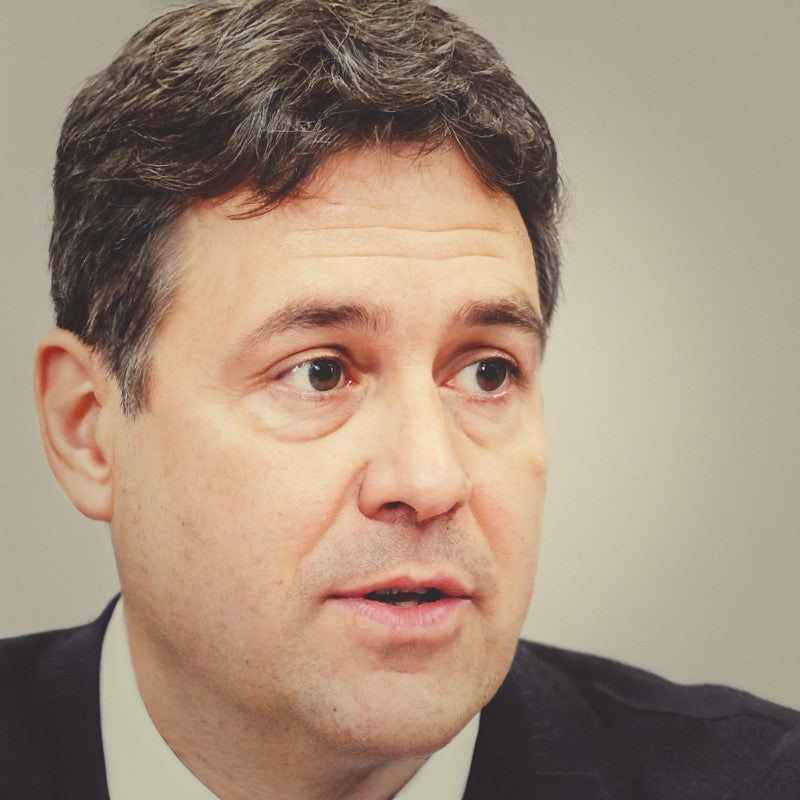Writing the 250-word statements for Civil Service exams can often feel like a daunting task.
These statements are where many candidates stumble, struggling to encapsulate their experiences and qualifications succinctly and effectively.
However, with a solid understanding of the required behaviours and a structured approach, this perceived weakness can transform into a compelling strength.
Related Article: 5 Leadership Behaviour Example Statements
Understanding the Leadership Behaviour at HEO Level
Leadership at the Higher Executive Officer (HEO) level involves a distinct set of expectations compared to lower grades. At this level, Leadership means not just managing tasks and people but inspiring and influencing your team towards achieving strategic goals. It requires a proactive approach to problem-solving, the ability to drive change, and the skill to mentor and develop others within your team.
HEOs are expected to demonstrate strategic thinking, communicate a clear vision, and cultivate a collaborative and inclusive team environment. Unlike earlier stages, where the focus might be more on personal efficiency and task management, HEOs need to balance operational demands with long-term strategic planning, ensuring that their team is aligned with the broader objectives of the organization.
Statement Structure: Utilizing the B-STAR Technique
To effectively showcase your leadership capabilities within the constraints of a 250-word statement, the B-STAR technique is invaluable. This method helps you present your experiences in a structured and impactful way. Let’s break down how each component works:
-
Belief: Start by stating your core belief about what leadership means to you at the HEO level. This sets the stage for your narrative and provides a lens through which your actions can be understood.
-
Situation: Describe a specific situation where you demonstrated leadership. Be concise but ensure you provide enough context for the reader to understand the setting and the challenges involved.
-
Task: Clearly outline the task or objective you were responsible for. This helps to highlight the scope of your responsibilities and the stakes involved.
-
Action: Detail the actions you took to address the situation and accomplish the task. Focus on your leadership decisions and the strategies you employed to motivate and guide your team.
-
Result: Conclude with the results of your actions. Emphasize the positive outcomes and, if possible, quantify these results to give a clear picture of your impact.
By structuring your statement using B-STAR, you ensure that your response is not only well-organized but also rich with evidence of your leadership qualities. This technique allows you to present a compelling narrative that demonstrates your readiness for the HEO role.
Now, let's dive into an example statement that illustrates these principles in action:

Check out 50 example statements across all 9 key behaviours
250 Word Statement Example
I believe that effective leadership is essential for creating a motivated and high-performing team. This conviction shapes my approach to guiding my team toward achieving our goals.
As a Project Engineer, I was responsible for leading a team on a high-profile urban development project. To begin, I articulated a clear vision for the project, detailing our objectives, key activities, and deadlines. I made sure everyone understood their specific roles and how their work contributed to our overall success.
Recognizing the importance of inclusivity, I held individual meetings with team members to understand their perspectives and any concerns they might have. I encouraged open dialogue during our weekly team meetings, fostering an environment where diverse ideas were valued and considered.
To keep everyone aligned, I established a project management system that tracked progress and milestones. I regularly communicated with stakeholders, providing updates and incorporating their feedback to ensure our work met their expectations and needs.
I made it a point to celebrate our achievements along the way, both big and small. When conflicts or issues arose, I addressed them promptly through private discussions and mediation. I ensured that any instances of misconduct or non-inclusive behavior were dealt with appropriately, involving senior management when necessary to maintain a fair and respectful work environment.
The project was completed ahead of schedule and within budget, earning praise from both clients and management. This experience reinforced my belief in the power of inclusive and proactive leadership to drive success and foster a positive team dynamic.


